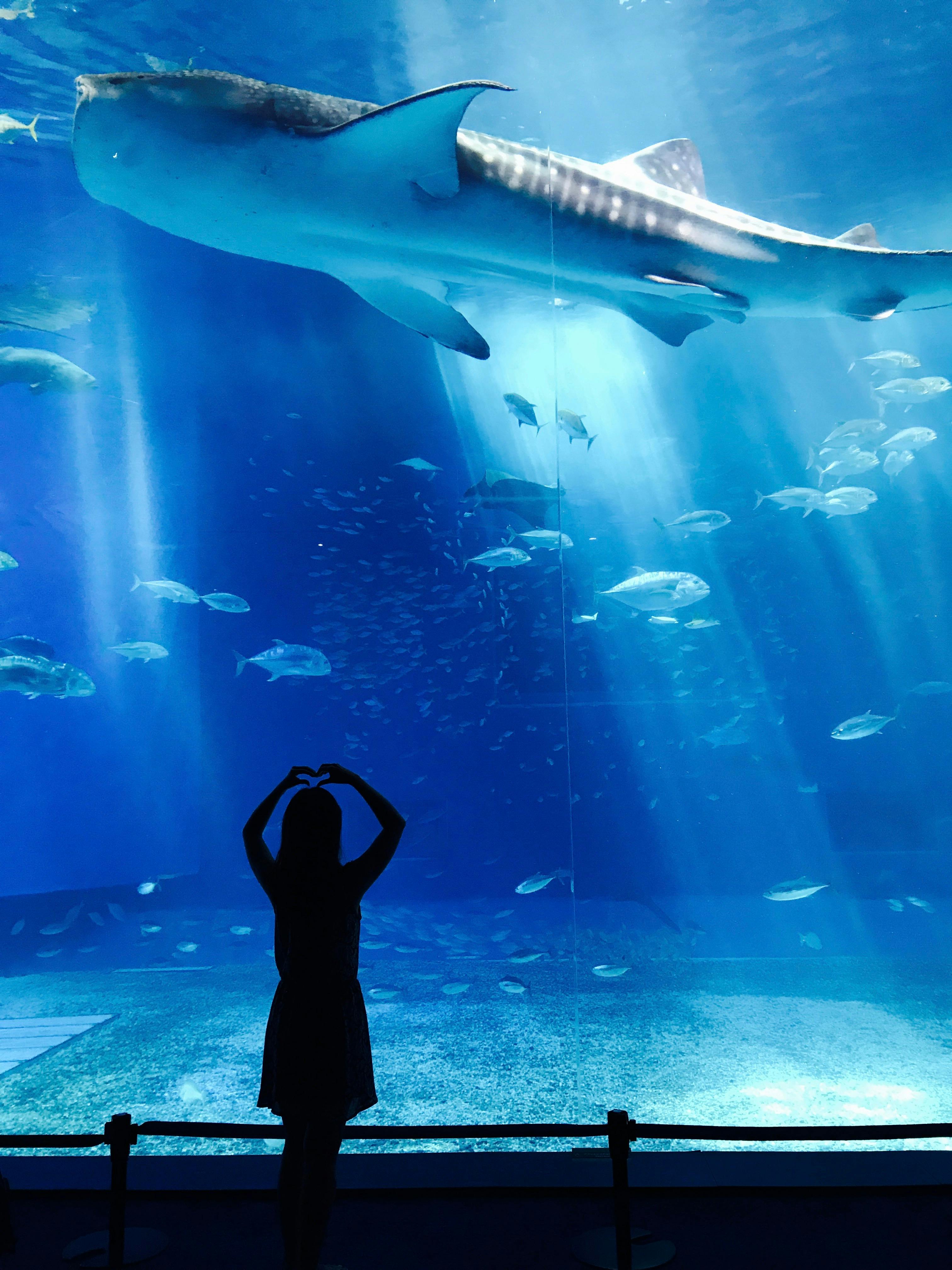
Top 5 Effective Ways Goldfish Consume Algae for a Healthy Tank
Maintaining a healthy aquarium is crucial for goldfish enthusiasts, and one aspect that often gets overlooked is the consumption of algae. Goldfish, being opportunistic feeders, can significantly benefit from the presence of algae in their tank. Understanding how goldfish interact with algae can not only promote their health but also aid in maintaining optimal water quality. This article explores the top five effective ways goldfish consume algae, ensures their well-being, and highlights the importance of algae in their diet.
In addition to their natural inclination to nibble on algae, implementing these strategies offers a holistic approach to goldfish care. We will provide actionable tips for managing algae while ensuring a balanced goldfish diet. By the end, you'll have a better understanding of how to sustain a thriving ecosystem in your goldfish tank while keeping your aquatic friends healthy.
1. Understanding Goldfish Dietary Needs
Goldfish have specific dietary needs that can be complemented by algae consumption. These fish require a balanced diet rich in proteins, fats, carbohydrates, and essential vitamins to ensure proper growth and health. Recognizing the role of algae in their nutrition highlights its significance as a supplementary food source.
Most goldfish will graze on algae as part of their normal feeding habits, which helps in satisfying their dietary fiber requirements. Algae is rich in nutrients, offering benefits such as improved digestion and enhanced immune function. It's important to note that while goldfish can eat algae, they should not rely solely on it for sustenance.
2. Types of Algae Goldfish Consume
When discussing goldfish and algae, it's pivotal to know which types of algae they prefer. There are beneficial algae species, like Cladophora and Spirogyra, which can promote a healthy environment for your goldfish. These types of algae are not only edible but provide essential nutrients as well.
On the other hand, some algae types can be harmful, such as blue-green algae (cyanobacteria), which can produce toxins detrimental to fish health. Understanding the different types of algae will help in managing your aquarium better and ensuring that your goldfish enjoy safe and nutritious algae.
3. Cleaning Algae from Tanks
While algae can be a food source for goldfish, excessive growth can lead to water quality issues. Cleaning algae regularly is crucial in maintaining a balanced aquarium environment. By managing algae levels, you can create an optimal setting for both your goldfish and the overall ecosystem in your tank.
Consider using natural algae cleaners such as algae-eating fish or snails that can help regulate algae growth without harming your goldfish. This method promotes a clean tank while ensuring that your goldfish remain healthy. Regular aquarium maintenance, such as water changes, can also help in controlling algae growth and maintaining water clarity.
4. Incorporating Aquatic Plants
Aquatic plants play a dual role in goldfish tanks. They not only enhance the aesthetic appeal but also contribute to a balanced ecosystem that supports algae control. Plants consume excess nutrients in the water, reducing algae proliferation. This naturally promotes a healthy habitat for goldfish, encouraging them to forage on algae while benefiting from the presence of live plants.
When choosing plants, consider varieties with soft leaves that won’t harm the delicate fins of goldfish. Additionally, selecting plants that can thrive alongside goldfish will ensure that your tank remains vibrant and well-maintained.
5. Algae Management Without Chemicals
Using algaecides can sometimes be detrimental to goldfish health. Instead, opting for eco-friendly algae control methods can help maintain a safe environment. Implementing a well-structured feeding schedule and ensuring that your tank is properly filtered can significantly reduce algae growth.
Increase the frequency of water changes and monitor nitrate and phosphate levels, as excess nutrients promote algae blooms. By managing these parameters, you create favorable conditions that naturally reduce algae while allowing goldfish to consume it as an essential part of their diet.

Benefits of Algae for Goldfish Health
Understanding the benefits of algae in your goldfish's diet is essential in promoting their overall well-being. Algae not only serves as a nutrient-rich food source but also contributes to the ecological balance of your aquarium. Below, we'll explore why incorporating algae is beneficial for goldfish.
Improving Digestion
Algae contains dietary fibers, making it an excellent addition to the goldfish diet that supports digestion. These fibers help filter waste and stimulate gut motility, ensuring that goldfish remain healthy and maintain optimal weight. Including natural algae in their diet can lead to better nutrient absorption and overall health improvement.
Enhancing Immune System
The consumption of beneficial algae can bolster the immune systems of goldfish. Algae is rich in vitamins and antioxidants that enhance resilience against diseases. By incorporating algae into their diets, goldfish can experience reduced susceptibility to health issues.
Natural Foraging Behavior
Goldfish have a natural foraging instinct that is stimulated by the presence of algae. This behavior is critical as it encourages physical activity, helping sustain a healthy weight and reducing stress. Observing your goldfish engaging with algae can also enhance their overall quality of life.
Maintaining Water Quality
Algae plays a role in maintaining water quality by absorbing excess nutrients that would otherwise promote harmful algae blooms. This absorption leads to improved oxygen levels in the water, contributing to a healthier environment for goldfish. By fostering a balanced algae population, you support the entire aquarium ecosystem.
Creating a Natural Habitat
Algae contributes to creating a more natural environment for goldfish. In the wild, goldfish interact with algae regularly, thus enhancing their behavioral instincts and promoting a sense of security. Mimicking their natural habitat can lead to happier and more thriving goldfish.

Conclusion
Incorporating algae into the goldfish diet is crucial for their health and well-being. Understanding how goldfish consume algae, the benefits it provides, and how to manage algae effectively can enhance your aquarium's ecosystem. Implementing these tips and strategies ensures your goldfish thrive, maintain optimal health, and exemplify the beautiful behaviors inherent to their species.
By being attentive to their dietary needs and the overall health of the aquarium, you can create a harmonious environment where both goldfish and algae coexist. Following these goldfish care tips will pave the way for your aquatic friends to flourish in a well-maintained tank.
